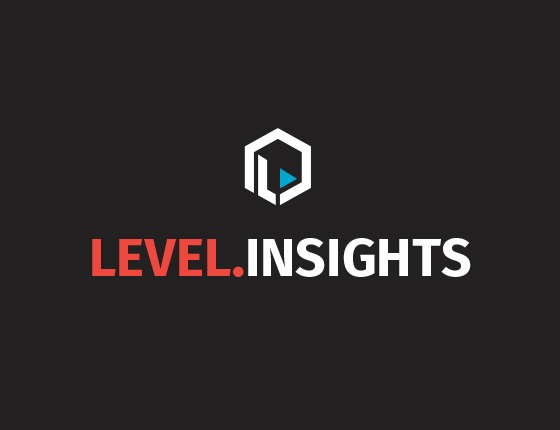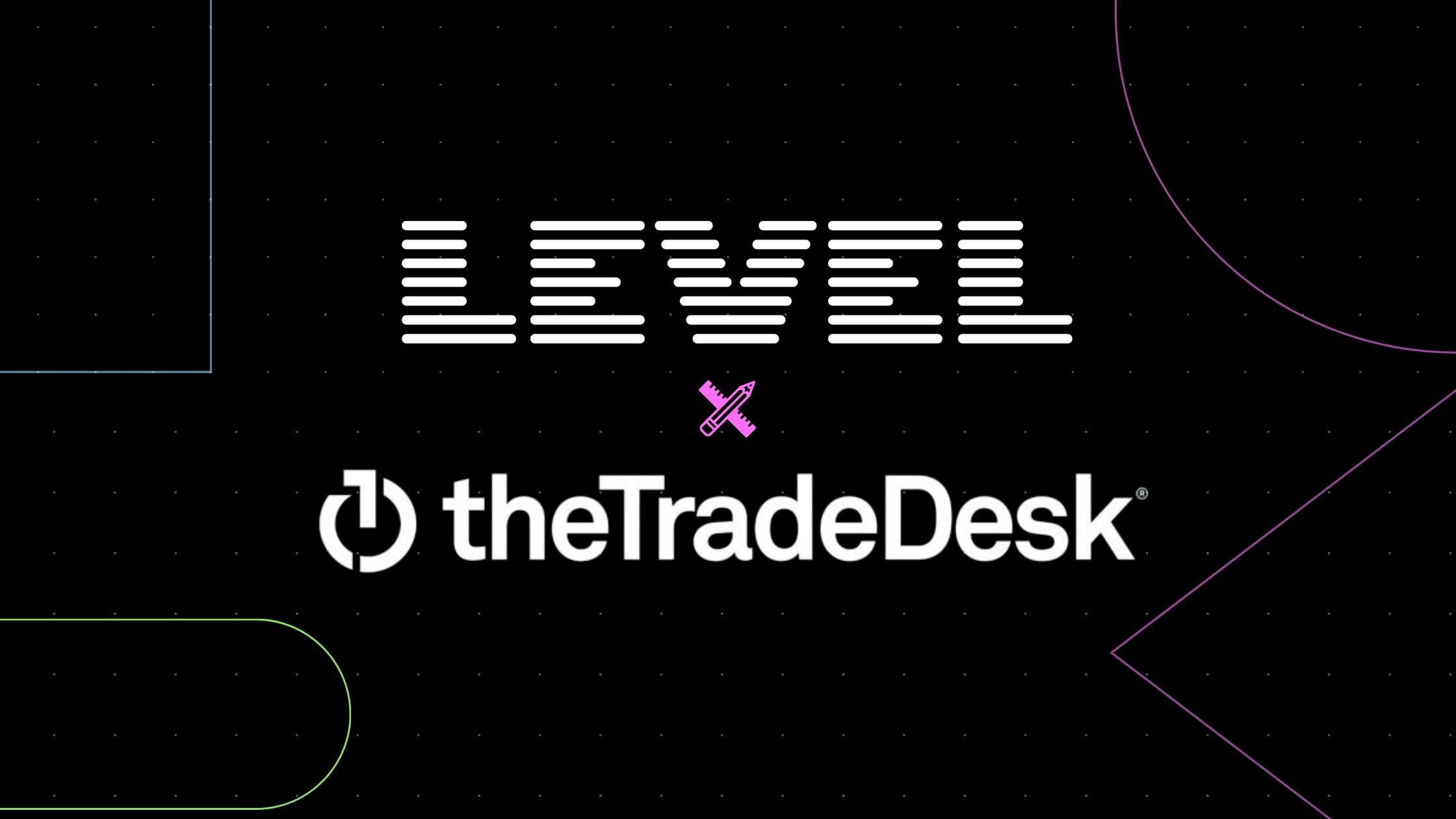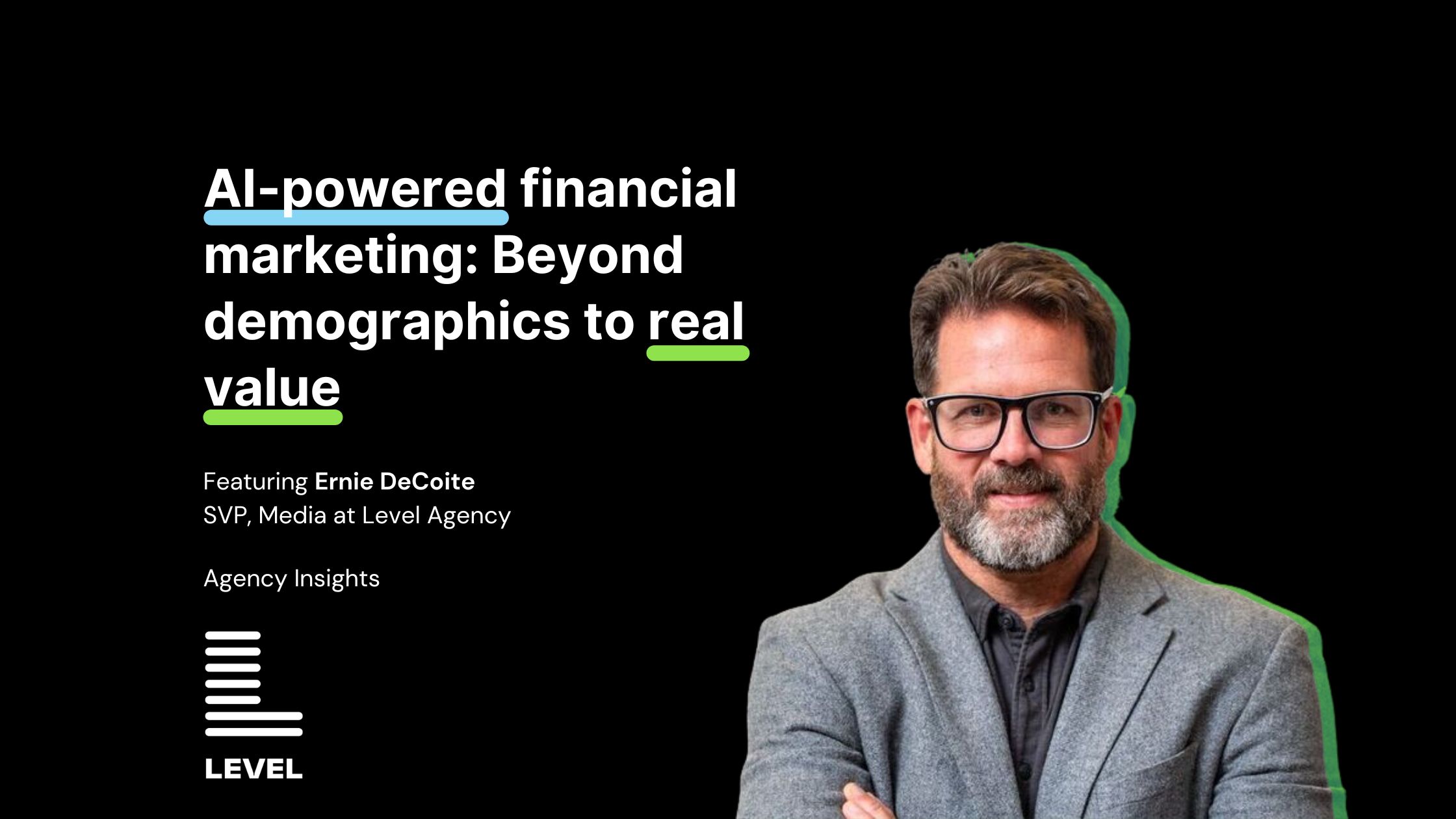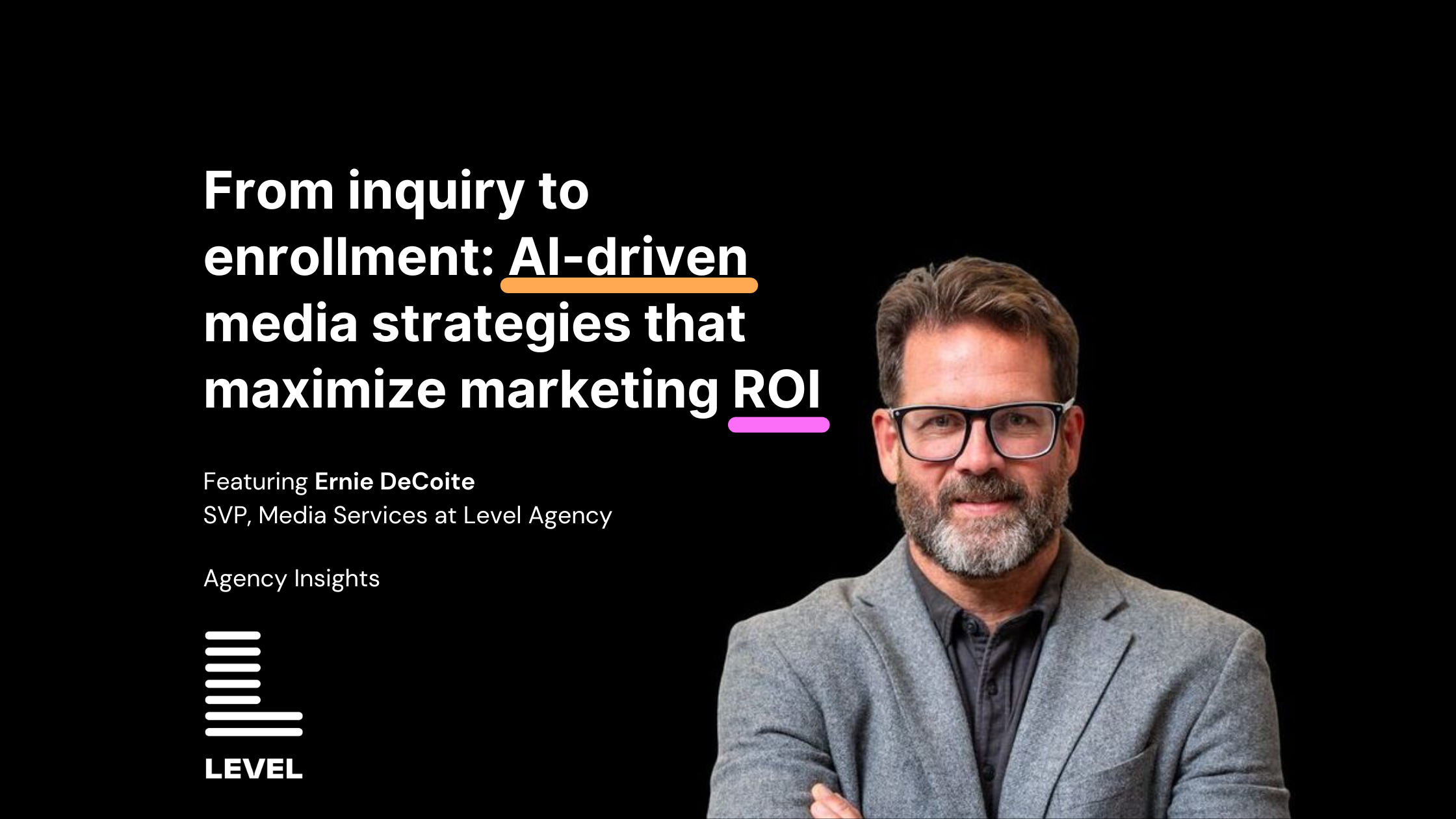Google emails warnings to webmasters that Chrome will mark http pages with forms as ‘not secure’
If there are forms on a site, it will need to include an S. From Search Engine Land:
“Beginning in October 2017, Chrome will show the ‘Not secure’ warning in two additional situations: when users enter data on an HTTP page, and on all HTTP pages visited in Incognito mode.”
Level Insight:
- The S at the end of https means that all communications between your browser and the website are encrypted. As cyber threats evolve, it is more important to encrypt all data — to take all possible precautions against sophisticated attacks and to earn customer trust by showing that you value the security of their data.
- Displaying the “Not Secure” message will hurt lead generation, as few prospects are willing to give their information to a site that displays such a dire warning.
- We are currently auditing all landing pages to ensure that we are taking the necessary steps to move any http pages to https as soon as possible. Note that this update does not only affect landing pages, but any page on your organic website that includes a form. It is essential to update prior to October to avoid any negative affects to your lead generation efforts. Please reach out to your account manager for assistance in http to https migration.
Data: Consumers grow more demanding, impatient as brands fall behind
Ask not what your customers can do for you, but what you can do for your customers. From Search Engine Land:
“40% of consumers will leave a page that takes longer than three seconds to load.”
Level Insight:
- If we are in the Information Age and information is a commodity, it is incumbent upon the marketers to optimize not only the information but its delivery. McDonald’s didn’t become a global institution simply because of its hamburgers; it became invented the concept of fast food. Ford cars were ubiquitous in the early automotive era because Henry Ford’s mass production enabled affordability. Sometimes the delivery mechanism and the accessibility are just as important as the product. Seeing how most marketers are lagging (in both adoption and page load times), it’s likely that your competitors are behind as well.
- So, what can you do to give your customers the digital experience that will lead to purchase? At the bare minimum, optimize page load speeds. Don’t make your potential customers wait or work for your message.
- Data says that people now have an attention span of eight seconds, which means that the average person can’t even watch a rodeo for the amount of time required for a bull rider to register a ride. Maybe you tune out after three seconds of watching a bucking bronco, but the cowboy desperately grasping at the reins sure as hell doesn’t. Content may never have the implications of getting tossed off a volatile steer, but it can demand more than eight seconds of intense focus.
- Lazy marketers use studies like this as an excuse, blaming their lack of clicks on a too much technology, social networks, and those damn millennials who move back in with their parents because they blew all their savings on lattes and gadgets that exacerbate their lack of attention. It’s the same generation gap refrain that made doing the twist an act of defiance. You could blame the gadgets and the veritable cornucopia of content on the internet for the lack of attention to your ads, that the plethora of choices that you just didn’t get in the Soviet bloc makes it impossible for consumers to decide what they want to read.
- Yet a great number of them are able to match the bannermen to the great houses in Westeros. Proof that even in today’s era of diminishing attention spans, good content prevails.








